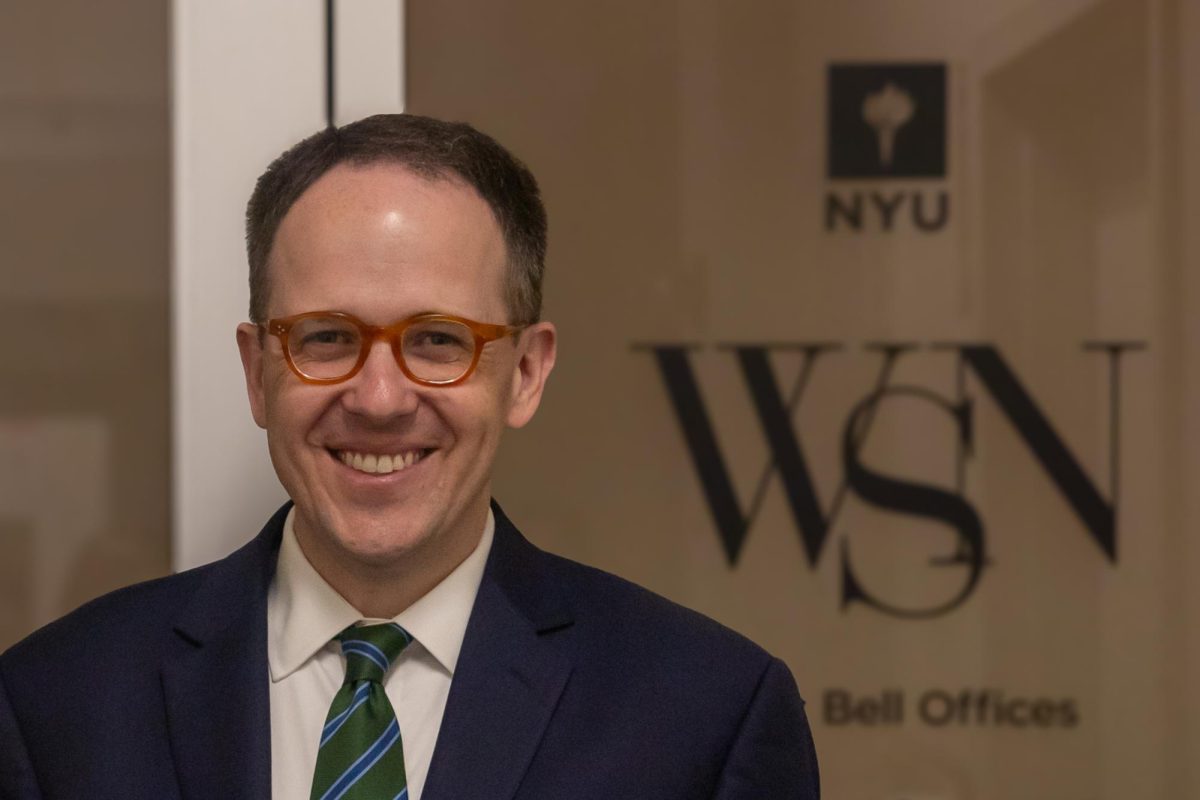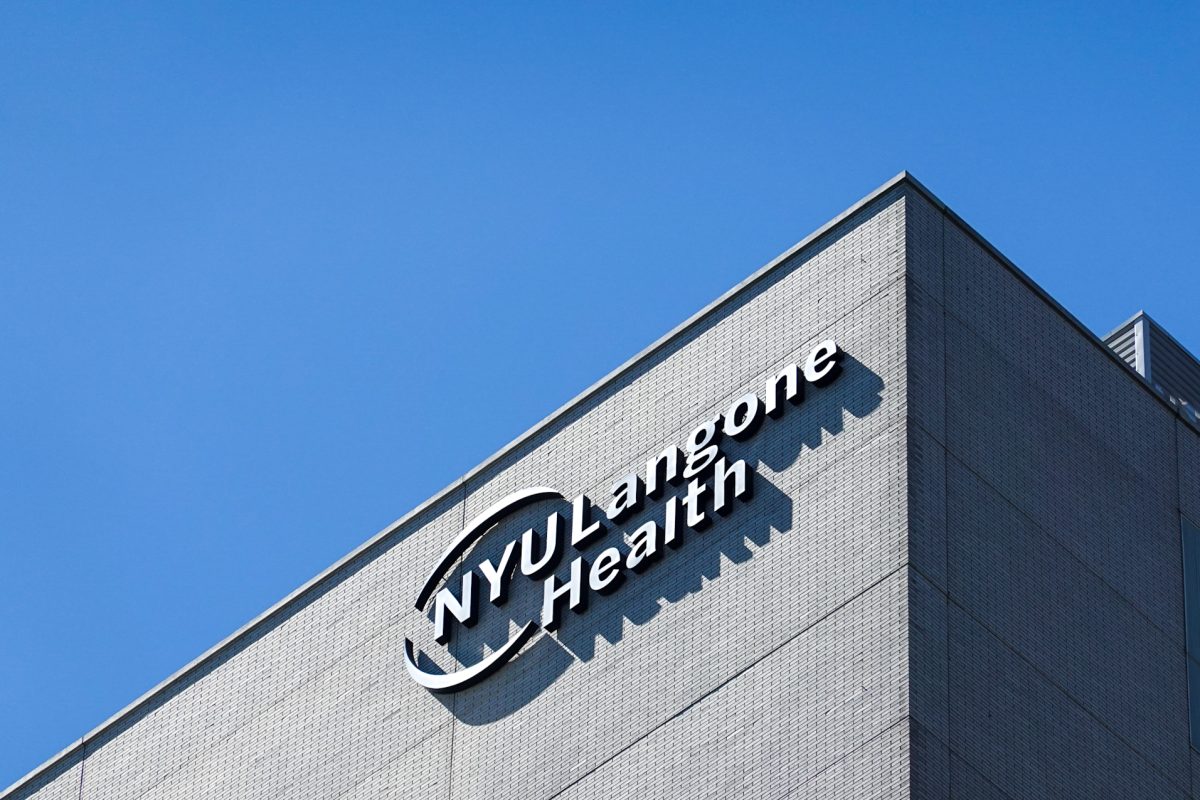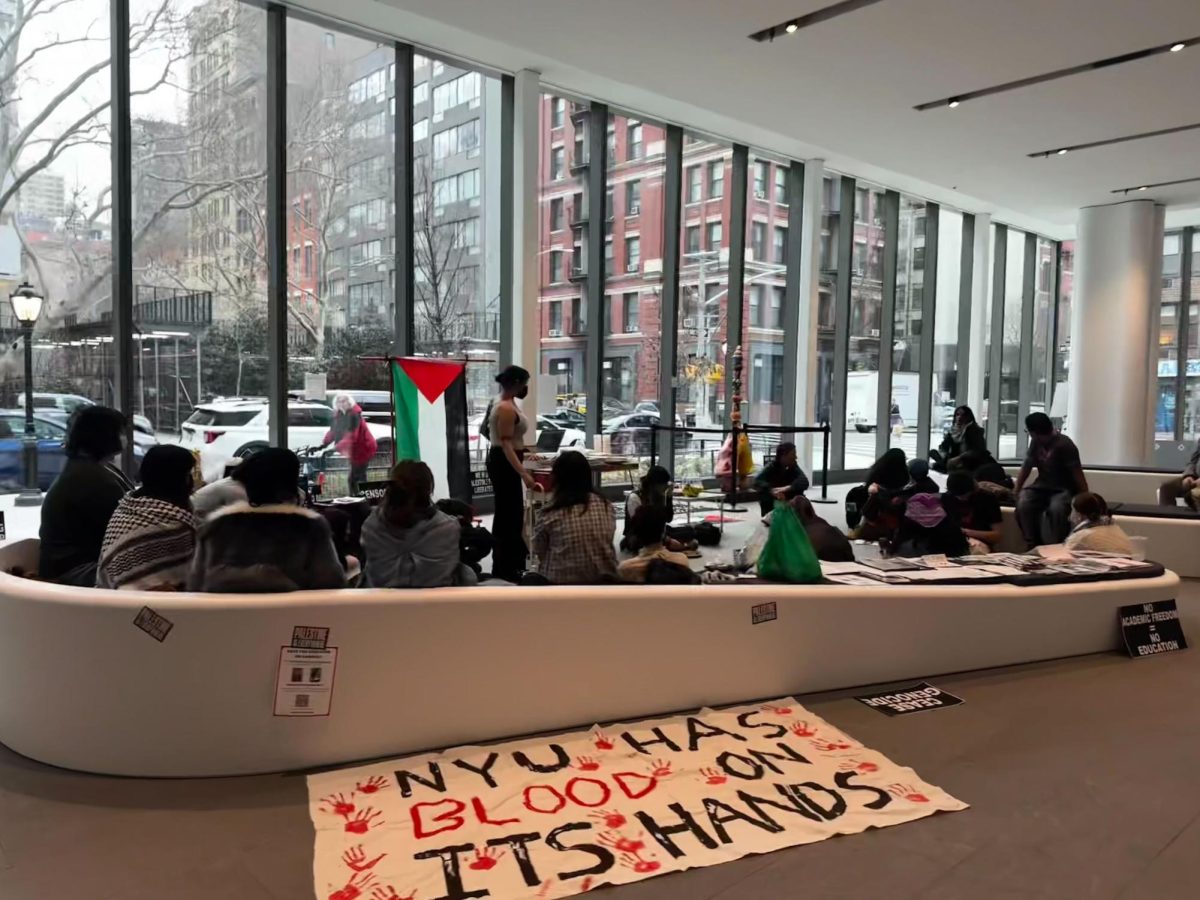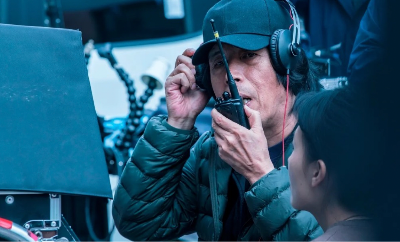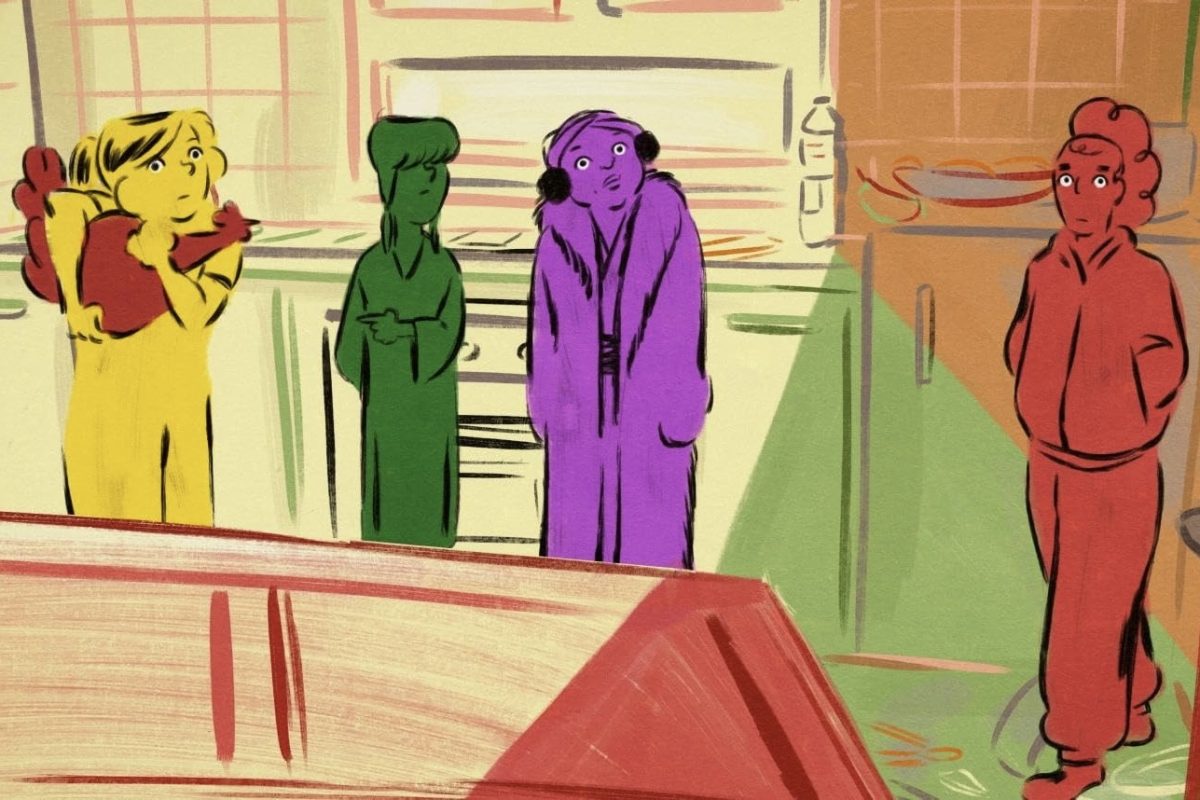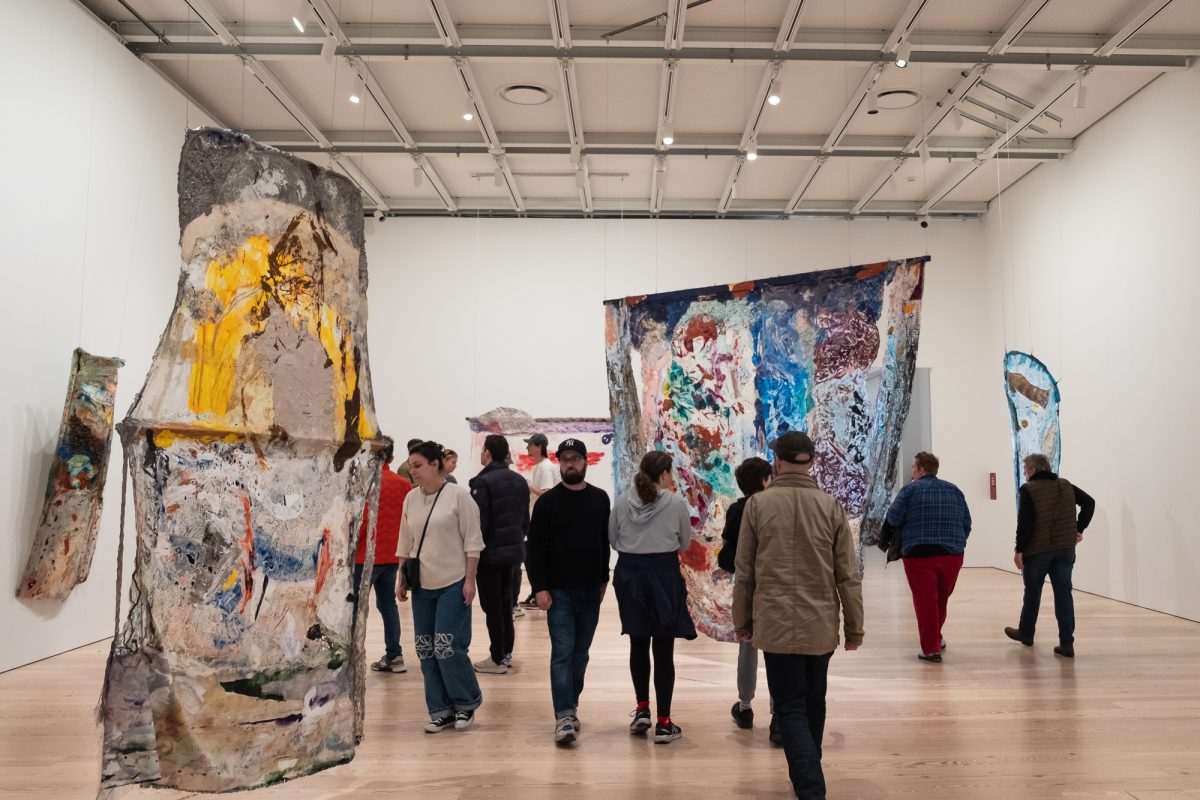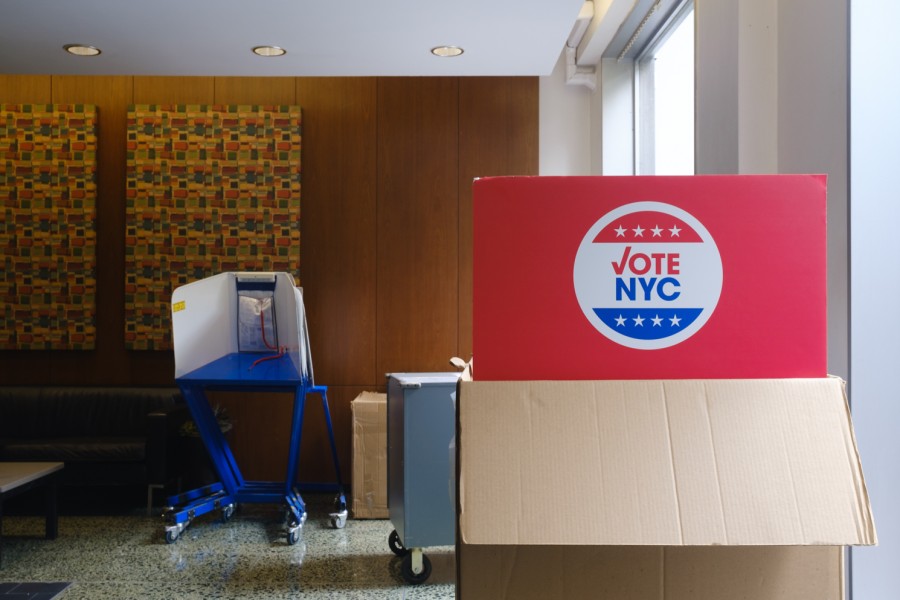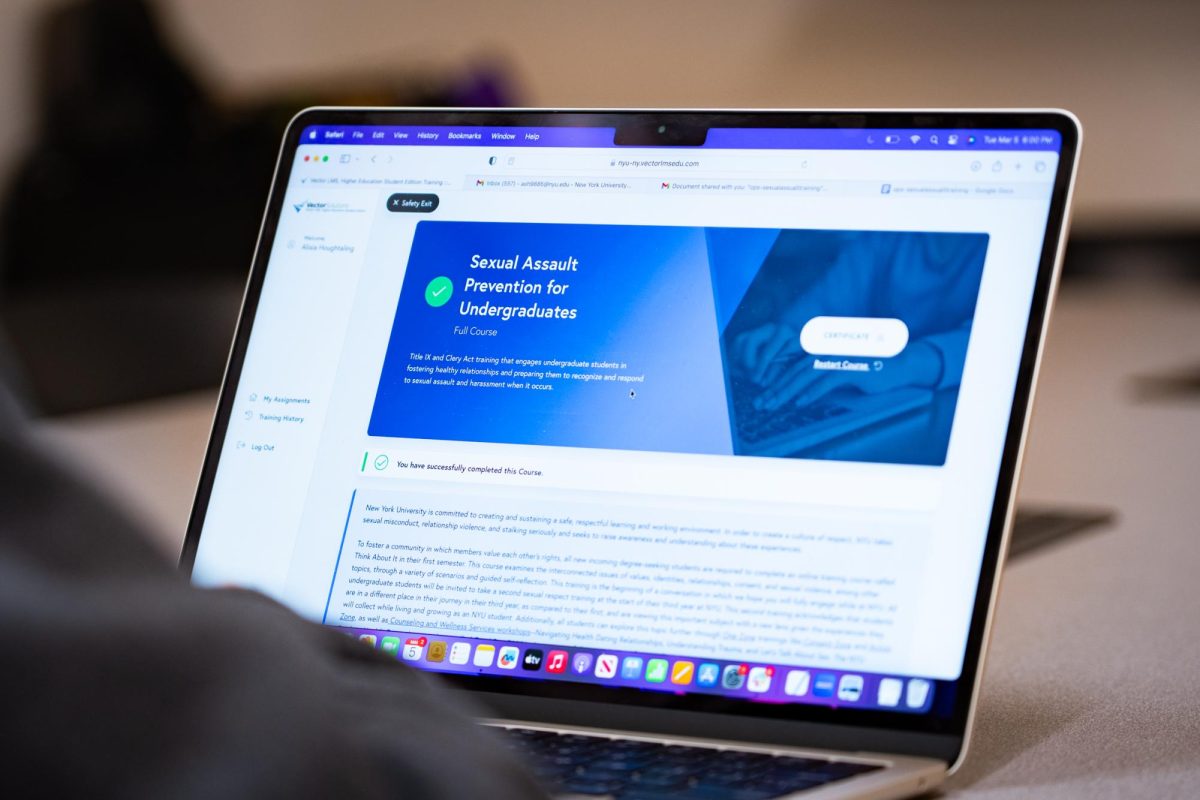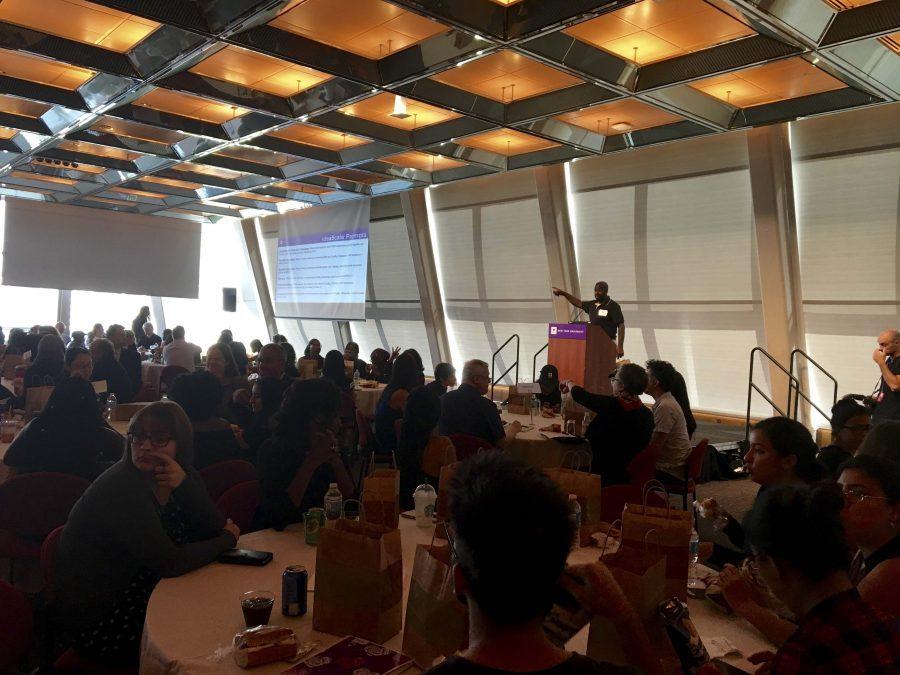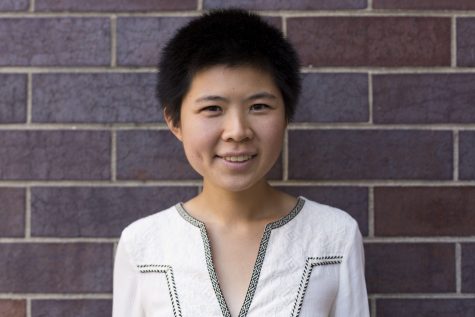University Diversity Task Force Update
Since its inception, the NYU Diversity and Inclusion Task Force has hosted many events, such as the diversity talk during the Presidential inauguration.
October 3, 2016
Amid tense conversations regarding the racial climate on campus during the fall semester of 2015, NYU students joined the movement to advocate towards greater inclusion for people of all backgrounds, with administrators soon adding their voices. Their involvement resulted in the creation of an ad hoc committee centered around diversity and inclusion, a group which ultimately became the Equity, Diversity and Inclusion Advisory Task Force.
Headed by co-chairs CAS Dean Gabi Starr and Steinhardt associate professor Charlton McIlwain, the committee focuses on various forms of diversity inclusion besides race. This includes financial and ethnic diversity as well as the diversity of other marginalized social identities. Starr said that for holistic representation of the university, the task force includes elected members from different senate councils, professors and
even students.
“Our goal is really to look through — do an inventory, an assessment — of where we stand on diversity and inclusion to think about what kind of assessment practices we want going forward,” Starr said. “We ultimately want to make some recommendations about how we can really have some measurable outcomes that we know have moved us further over time from when we started.”
This is Starr’s first semester as the co-chair of the task force since she took the place of Silver Dean Lynn Videka, who stepped down this past year. McIlwain, one of the original co-chairs, said that their current reassessment and surveys should propel them forwards with pragmatic progress. One step includes finding a Chief Diversity Officer, a goal which the task force announced on Friday, Sept. 23 at its diversity talk during the presidential inauguration celebration week.
“We left the spring having drafted a set of recommendations about not only that we should hire this person — which we already knew we were going to do — but about what this person ‘looked like,’” McIlwain said. “That is what characteristics make for a strong candidate, who will be successful in this role at NYU, what are, or what should be, our expectations of this person in this new role.”
He said that they spent part of this past summer figuring out these details and strategically searching for where the task force could find its best candidate. The task force then commenced its search the week it announced the new position during the diversity talk.
The two said that whoever assumes this role must set an example, because there is no precedent for such a position at the university. And McIlwain said that because every environment is different, there is no benchmark for when diversity initiatives have succeeded — these standards are all relative.
“We all say we want a diverse faculty, we want a diverse student body, we want an equitable environment, but [we’re] really saying ‘what does that look like?’ on campus at NYU and around our global sites,” McIlwain said. “So if we’re talking about students, what is the number, for instance? Will we say we’ve been successful when 30 percent of our student body comes from historically underrepresented groups? Forty percent?”
He said that a large part of their work is to ask what successful diversity looks like, what steps should be taken towards this ideal and how to measure this progress. One step is a campus climate survey that they hope to release this November. But Starr said that in addition to quantitative results, it is also vital to assess their efforts by looking at the value of their progress.
“What’s really important to remember is that we’ll come out and make recommendations about what will happen, and we’ll make sure that when the climate survey comes out, there’s going to be transparency,” Starr said. “We are going to individually practice what has to happen. The only way the university is going to change is if every member of the community cares and does what they individually have to do.”
A version of this article appeared in the Monday, October 3 print edition. Email Diamond Naga Siu at [email protected].










